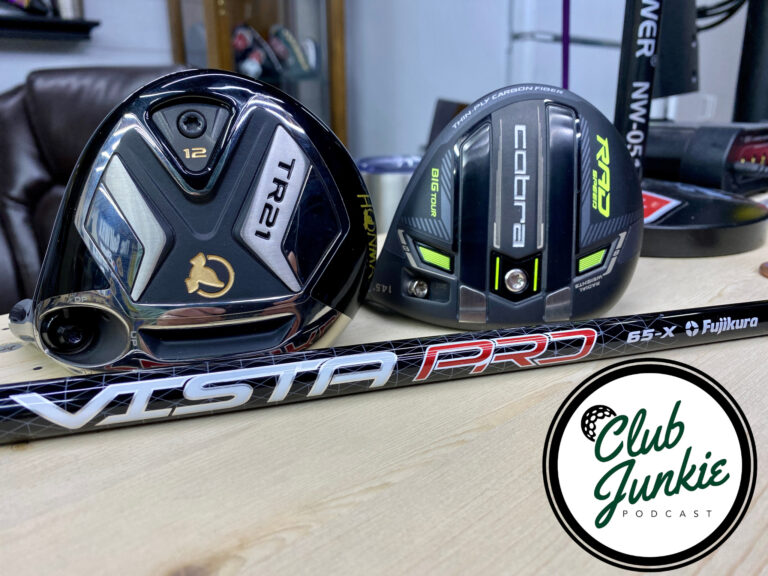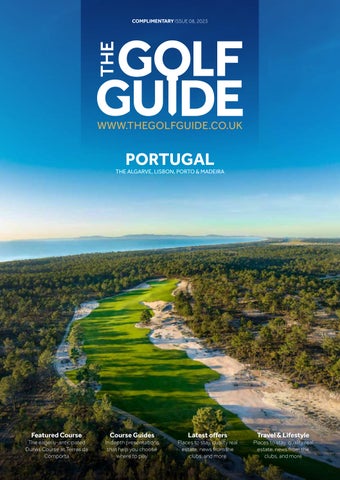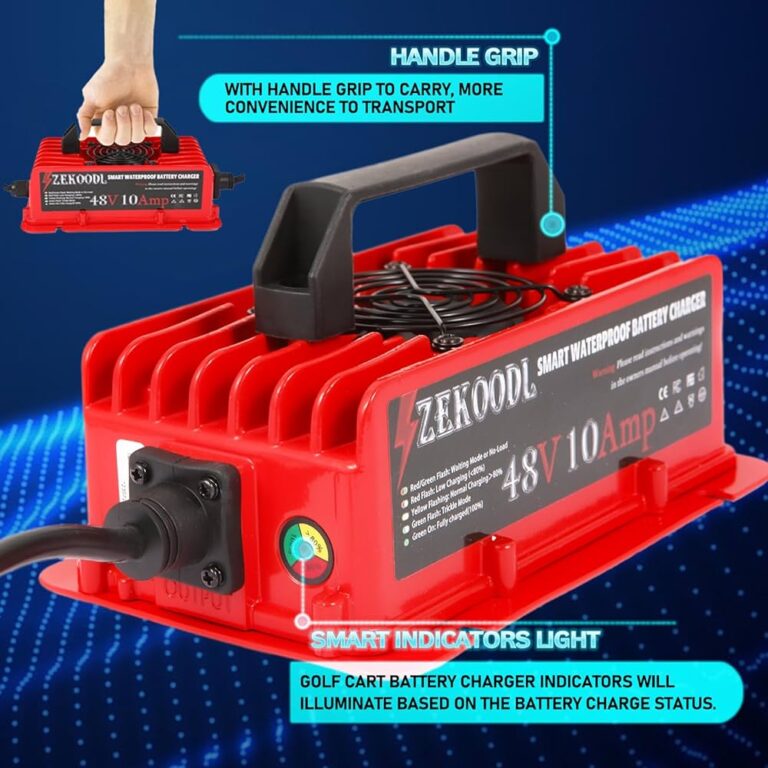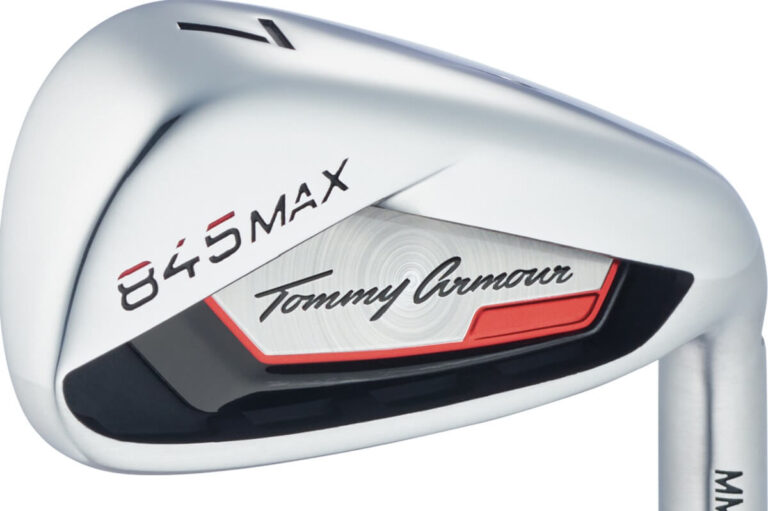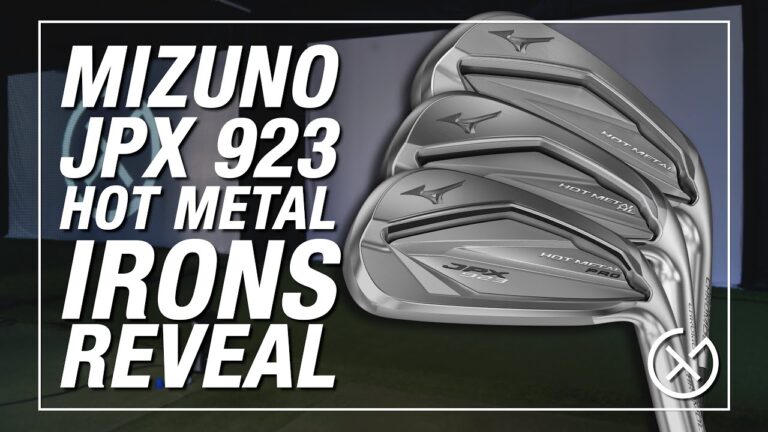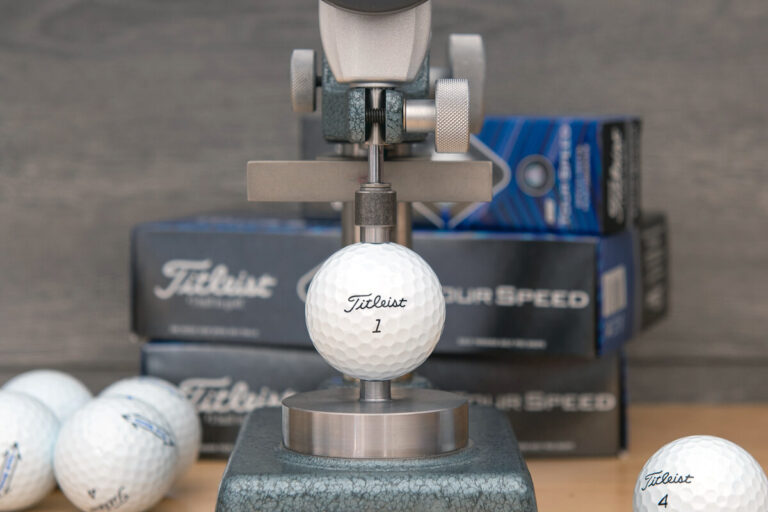Why are Ping Eye 2 Irons Illegal: The Shocking Truth Revealed
Why are Ping Eye 2 Irons Illegal: Ping Eye 2 Irons are deemed illegal due to their non-conforming groove design. The U.S.
Golf Association (USGA) revised equipment rules that affect the club’s legality. Golf enthusiasts often find themselves questioning the legality of certain clubs, especially when rules change and impact widely used equipment. The Ping Eye 2 Irons, once a staple in a golfer’s bag, now confront issues of conformity with updated regulations.
Understanding why these irons fall into the category of banned equipment is essential for players keen on maintaining the integrity of their game. The USGA’s regulations on groove specifications hammered the final nail in the coffin for the legality of these iconic clubs. This shift sent waves through the golfing community, prompting discussions on equipment standards and their implications for players at all levels. As compliance with golfing regulations remains critical, golfers need to stay informed about which clubs meet the current standards and why certain models, like the Ping Eye 2 Irons, no longer make the cut.
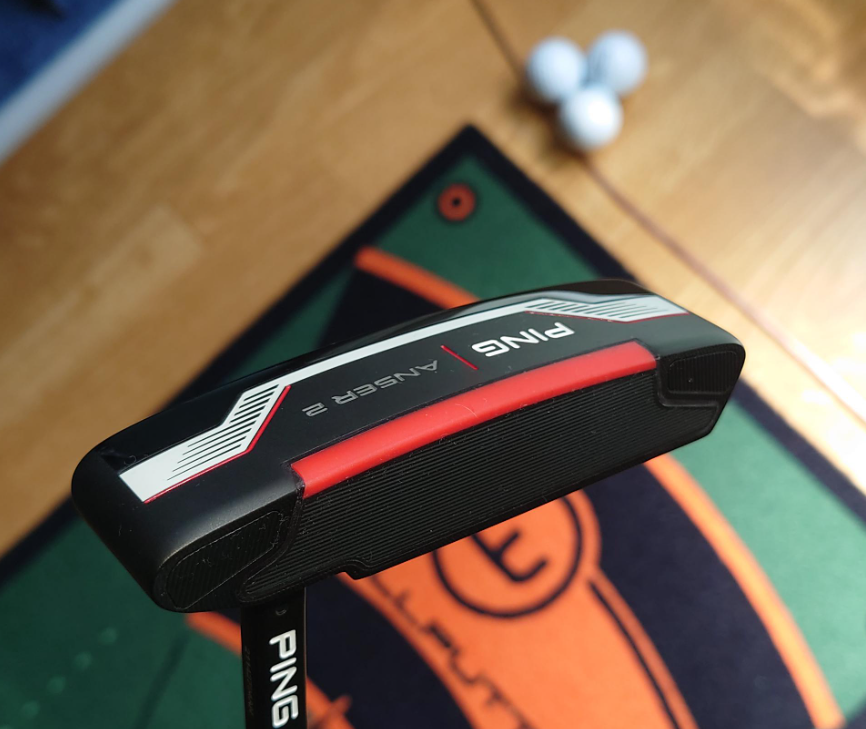
The History Of Ping Eye 2 Irons
The Ping Eye 2 Irons emerged as revolutionary equipment on the golf landscape during the early 1980s. Their inception marked a significant innovation in golf club design. The clubs were known for their distinguishing features, which contributed to both their popularity and performance excellence on the course. As a direct result, they became a staple in the bags of both amateur and professional golfers alike.
Their rise to fame was fueled by superior design, which allowed for improved precision and reliability compared to other irons of that era. A unique combination of club head size, groove design, and moment of inertia gave golfers unprecedented control and feedback, which in turn, enhanced their overall game.
Even after several decades, the legacy of the Ping Eye 2 irons remains unrivaled. These clubs have left an indelible mark on the sport, influencing subsequent club designs and continuing to be referenced in discussions about golf equipment regulations and standards. Their impact on the game is a testament to their groundbreaking design and enduring appeal.
The Controversy Behind Legality
The discussion around the legality of the Ping Eye 2 Irons gained momentum due to the U.S. Golf Association’s regulations on golf equipment. Clubs used in tournaments must adhere to these rules, including specific limitations on groove size and spacing.
According to USGA regulations, grooves must be constructed with certain dimensional constraints to ensure fair play. The specifications and limitations set by the USGA were aimed at controlling spin rates and consistency in shots.
This issue came to a head in the Ping Eye 2 model when its grooves were found to exceed these strict limits. The resulting debate between USGA and Ping led to a significant ruling. The terms of the agreement reached grandfathered in the Ping Eye 2 Irons made before April 1, 1990, making them legal for play, while the production of the same model after this date would have to comply with the updated groove regulations.
The Shocking Truth Revealed
The Ping Eye 2 Irons saga remains a controversial chapter in the annals of golf history. These distinctive clubs sparked intense legal skirmishes that would eventually lead to a landmark decision affecting the entire golfing community. Distinctively, the groove design on the Ping Eye 2 Irons was at the heart of the dispute, leading to claims that they provided golfers with an unfair advantage on the course.
The resolution of this legal battle brought forth a settlement which saw the banning of certain Ping Eye 2 clubs manufactured before a specific date. This resolution raised immense discussions, with many arguing over the implications for the sport and the equipment manufacturers. Notably, this situation helped to reshape golf regulations, influencing how equipment would be governed from that moment on.
| Year | Event |
|---|---|
| 1990 | The settlement between Ping and golf’s governing bodies |
| Post-1990 | Manufacturing of non-conforming clubs ceases |
| Ongoing | Regulatory changes in golf equipment |
The Aftermath And Player Reactions
Ping Eye 2 Irons’ legality controversy rocked the golf community, eliciting a gamut of emotions spanning from stern adherence to the rules to a sense of angst among tour players. Many felt torn, recognizing the need for regulations while empathizing with fellow professionals affected by the ban. Their reactions underscored the significance of fair play in the sport, yet also highlighted the complexities involved in equipment regulations.
Conversely, amateurs and recreational golfers experienced confusion and concern. With less clarity on the intricacies of golf equipment rules, this group struggled to understand the implications for their own clubs. Questions regarding the legality of their irons for casual play or local tournaments became a common topic within golfing circles.
Following the verdict, a notable shift occurred in the collectibility and demand for Ping Eye 2 irons. Once seen mainly as performance enhancers, these irons gained a new status among enthusiasts and collectors. Despite—or perhaps because of—their contentious past, these clubs saw a resurgence in popularity, often fetching premium prices on the secondary market, transforming from controversial equipment into treasured collectibles.
Ping Eye 2 Irons In Modern Golf
Ping Eye 2 Irons have a storied legacy in the world of golf, yet they’ve sparked considerable debate due to their unique design features. These irons were a revelation of their time, credited with innovative groove designs that offered unprecedented spin and control. This very innovation, however, led to their controversial status—with rules set forth by governing bodies on equipment legality bringing their use into question.
Their position within the modern golf equipment landscape is complex. While no longer conforming to the latest USGA regulations, they represent a pivotal point in golf club technology, influencing subsequent design trends. Ping Eye 2 Irons remain sought after among collectors and enthusiasts who value their historical significance over competitive legality.
As we gaze into the future, the fate of classic clubs like Ping Eye 2 Irons hinges on the delicate balance between innovation and tradition. Will they be rendered obsolete by ever-evolving technology, or will they hold their place as treasured relics that mark key milestones in the evolution of golf? This juxtaposition sparks a fascinating dialogue within the industry—pitting the reverence of historical craftsmanship against the relentless march of technological progress.
Frequently Asked Questions Of Why Are Ping Eye 2 Irons Illegal
Why Were Ping Eye 2 Irons Deemed Illegal?
The Ping Eye 2 Irons were considered illegal due to the grooves’ design. The U-shaped grooves were larger and provided more spin, which the USGA ruled non-conforming in 2010.
What Is The Controversy Behind Ping Eye 2 Irons?
The controversy centers on a dispute between Ping and the USGA. The USGA adjusted regulations, affecting the Eye 2’s groove design. However, due to a prior settlement, some clubs were grandfathered in, creating confusion and debate.
Can You Still Play With Ping Eye 2 Irons Today?
Yes, you can still play with Ping Eye 2 Irons if they were manufactured before April 1, 1990. These clubs were grandfathered in due to a lawsuit settlement, despite non-conforming grooves according to current rules.
How Do The Grooves On Ping Eye 2 Differ From Others?
Ping Eye 2 irons feature distinct U-shaped grooves that are wider and deeper, offering more spin, which later led to a change in rules prohibiting such groove designs to maintain fairness in the game.
Conclusion
In exploring the legal status of Ping Eye 2 Irons, we’ve uncovered the complexities of golf equipment regulations. These iconic clubs, with their nuanced grooves, raised debates on fairness in the sport. Remember, the rules have evolved since their heyday.
Keep informed and choose equipment that aligns with current golf standards to ensure your game remains above board.
